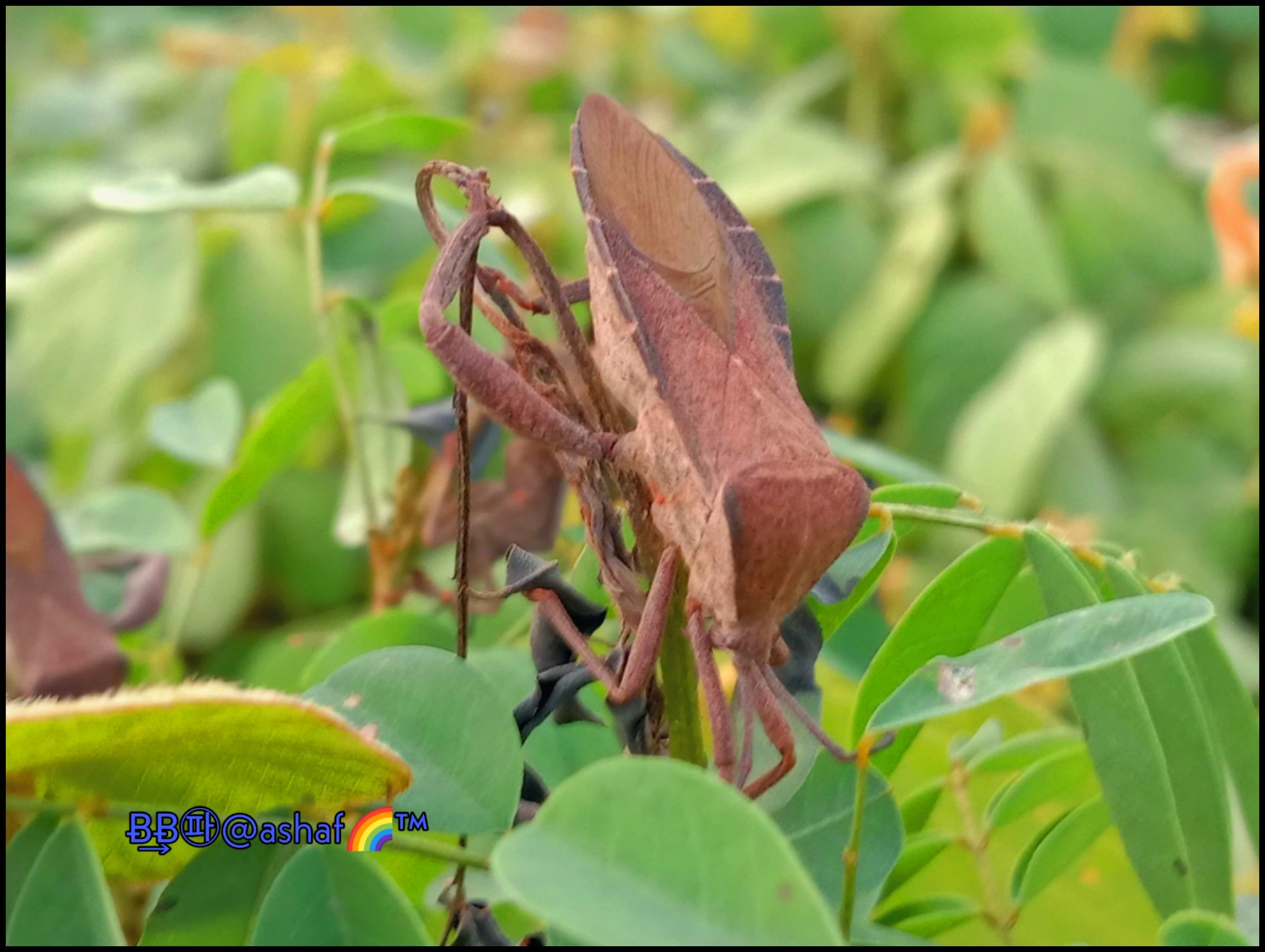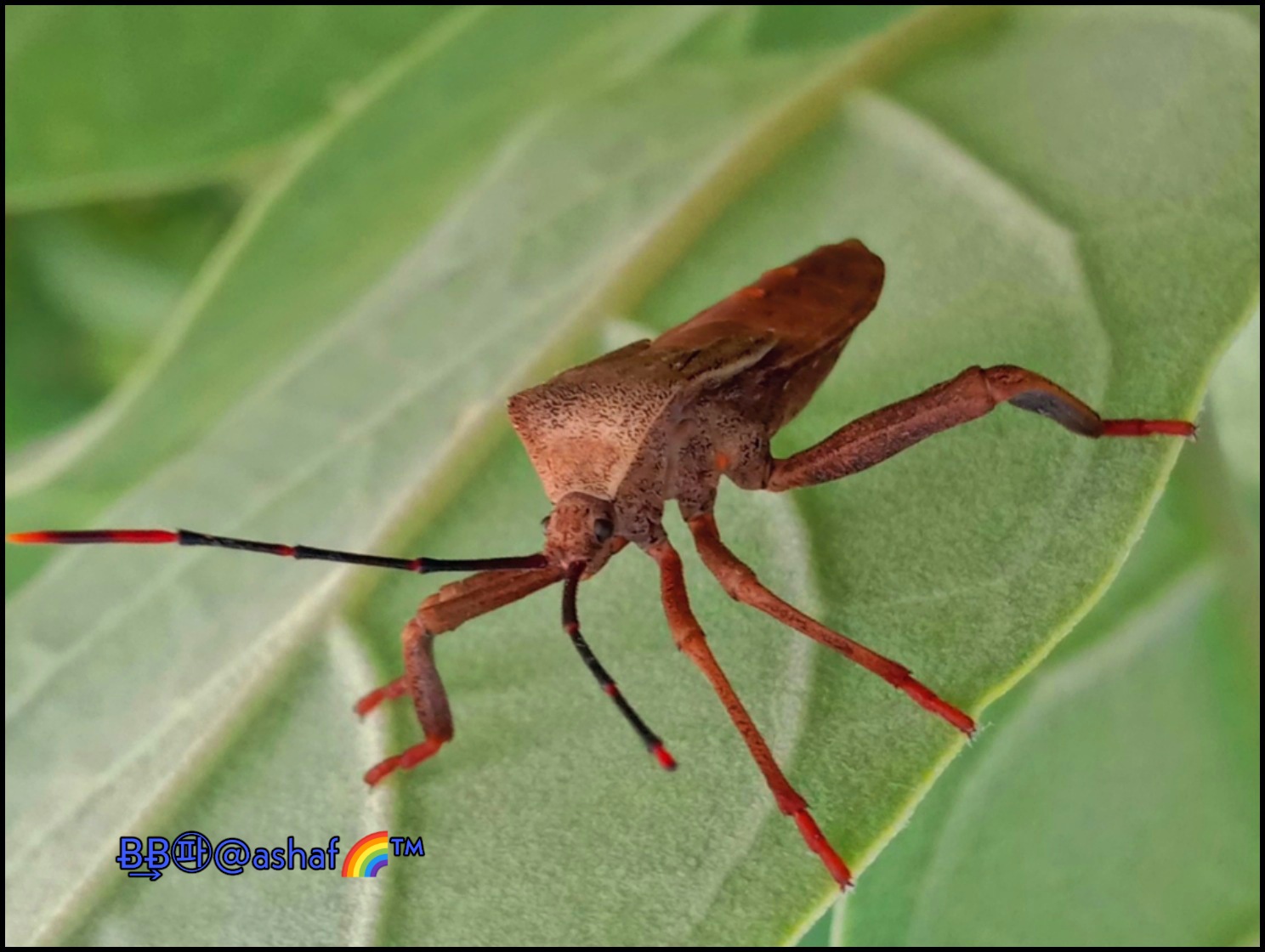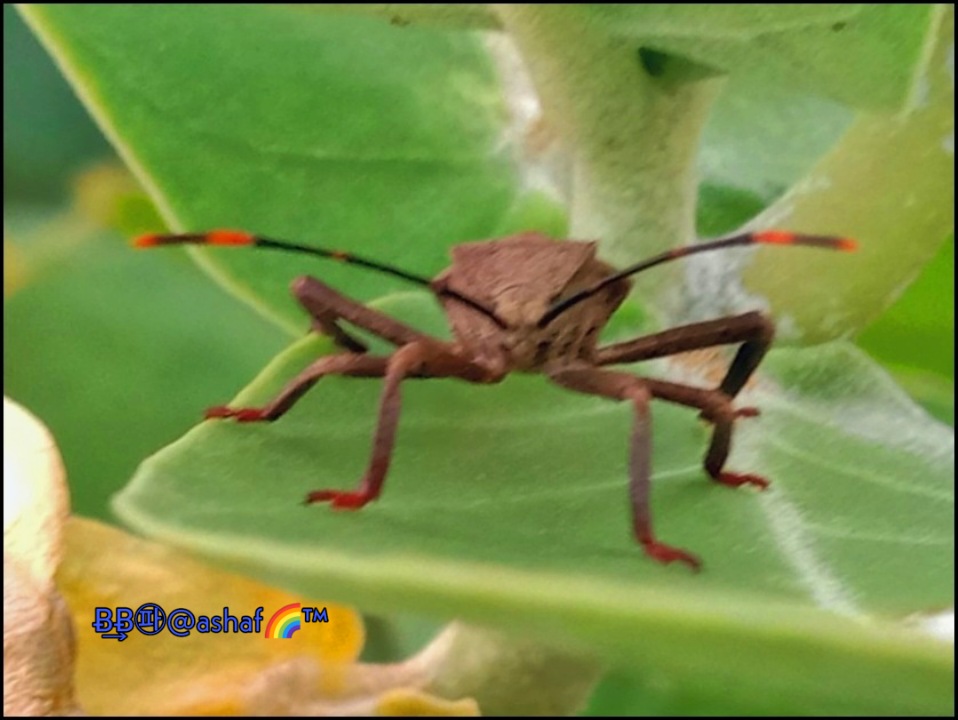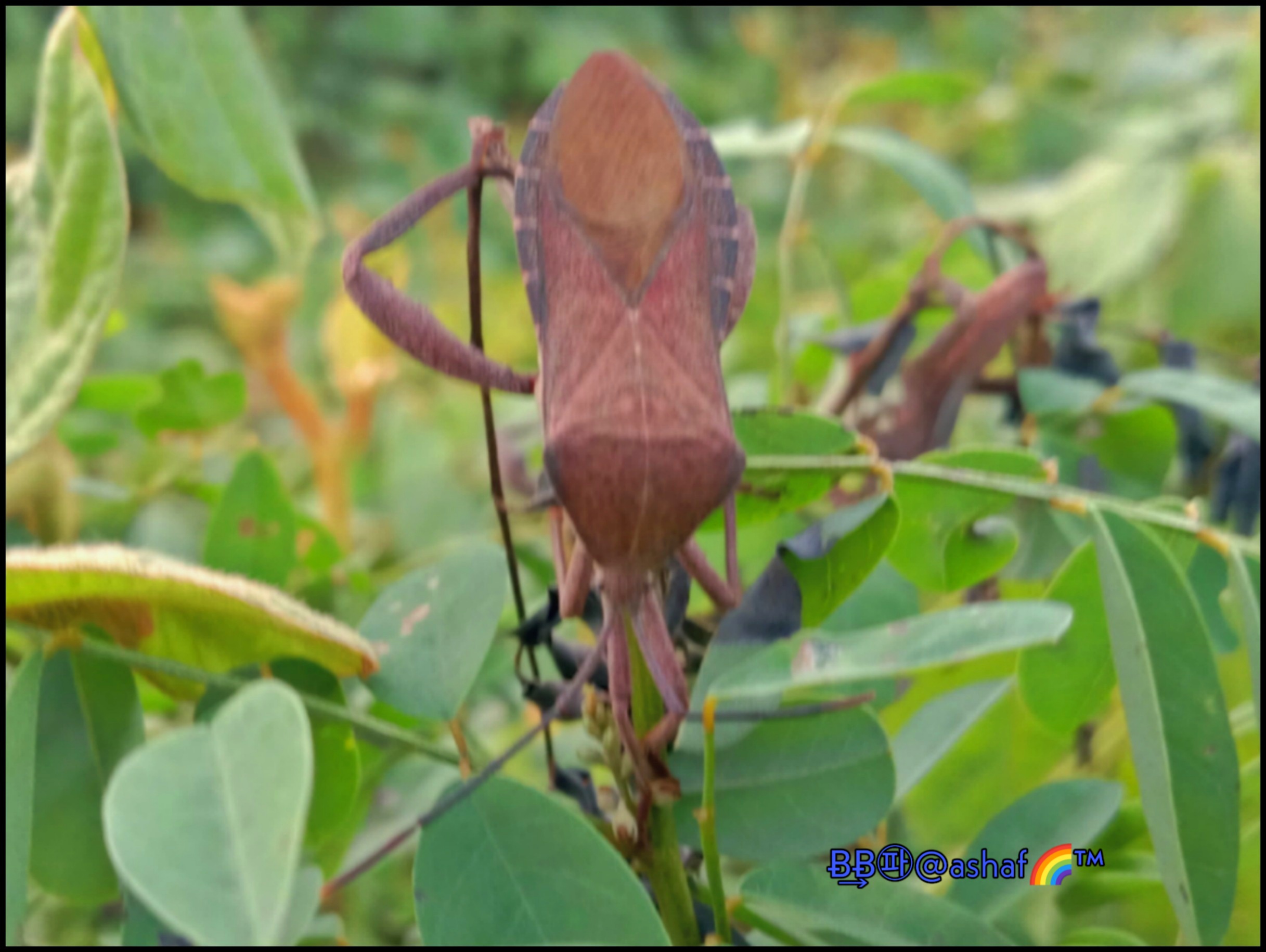Identifying wood beetles in farmer crops # 1
Hi everyone's!!!
In an era that is increasingly sophisticated and in an era of increasing population, the demand for food is also increasing so that farmers are also increasing their food output in order to supply the growing market demand.
Aceh farmers in particular also took part in this in order to meet the demand for food from the government for the welfare of its people in the need for nutritious food.
In this case, farmers are increasingly overwhelmed in this case because some of their plants are attacked by several pests that can harm food farmers, often among farmers who make their crops fail due to several insect species that are included in the category of leafhoppers.


In some areas in several parts of Aceh, agricultural cultivation often faces a major problem in the form of pest and disease disturbances and nutrient imbalance. Several attacks by pests and diseases, often display similar features but not the same as nutrient imbalance and this is often known in television and other media coverage, but this year the media did not pay attention to it because currently media around the world often discussing a major problem in the form of Covid19 so that crop failures that occur among farmers are not included in every media. So in this case, I personally will re-enter this, perhaps as an early warning that is happening today.
This pest is a type of insect that is often found in plants, both cultivated plants and organisms that are considered harmful and unwanted in everyday human activities, especially fruit farmers and plant carbohydrate-producing plant farmers for humans as a necessity of daily life.


So in this case I will introduce some insect species that cause damage to plant leaves when they recycle in each agricultural location.
One of them is this wood beetle, indeed when they become adult beetles they rarely eat leaves or if it is observed that they eat very little leaves, however, when they become nimfa, that's where there is an attack blindly in destroying their leaves.
Included in the Odonata Ordo
This wood beetle is one of the species that is often active or it is seen as very quiet when it is an adult, if you observe it when it becomes an adult it often settles in every green plant.


As stated above, this beetle is included in the order orthoptera, the observation team explained that this beetle is included in the hemimetabola group, which is an insect order that undergoes imperfect metamorphosis which is very different from the Hemiptera and celeoptera orders. In this case it can be distinguished in the life cycle of the orthoptera order undergoing developmental stages, which begin with the egg stage, the nymph stage (young insects that have the same characteristics and shape as adults)
In this phase the young insects undergo skin change, imago ( adult) is a phase that is marked by the development of all organs of the body properly, including the means of reproduction and wings (Hansamunahito, 2006).
So at this stage the young beetles become greedy and will always eat and attack the leaves of the farmers, the nutritional needs for their growing bodies are very much needed, if simplified it can be said that young beetles need very much nutrition for their bodies, this often happens in the ordo orthoptera.


In scientific classification it is very often summarized in each explanation as you can see below.
| Sequense | Group | Destination/Mention |
|---|---|---|
| 1 | Kingdom | Animalia |
| 2 | Phylum | Arthropoda |
| 3 | Class | Insecta |
| 4 | Ordo | Hemiptera |
| 5 | Family | Alydidae |
| 6 | Genus | Riptortus |
| 7 | Species | Riptortus linearis (this ordo is not dangerous) |
| 📒 | Source of knowledge | Information (Hansamunahito, 2006). |
Although there are differences in scientific classification between one opinion and another or fellow expert teams, they basically have similarities in describing them in providing information about them.


This wood beetle also has several characteristics that resemble other insects that are often found in every crop of farmers being cultivated. Its special characteristics include:
- Legged 6
- Head stubborn
- Compound eyes
- Separate eye shape
- Has a small antenna on the head
- The mouth is serrated
- Chest thorax
- The feet are jointed
- Brown.
The information that has been written above is the character of this wood beetle, among most of its features are also owned by each other insect species, but which distinguishes different shapes and colors.
To be continue....
Classification of photo & writing
| In the photo with | VIVO Y12 smartphone |
|---|---|
| Photo Settings | Otomatis |
| Camera | Profesional |
| Photografer | @ashaf |
| Themes | Identifying wood beetles in farmer crops ✉ |
| Text reference | Personal observasi ✎ |
 |  |

https://twitter.com/ashaf_73/status/1308391110562045954
My #posh tweet
https://twitter.com/ashaf_73/status/1308391110562045954?s=09
Be careful, Riptortus linearis has different antennae and a much smaller body than the bug (it's not a beetle) in your pictures.
I think already the family Alydidae is wrong, and it should a Coreidae species.